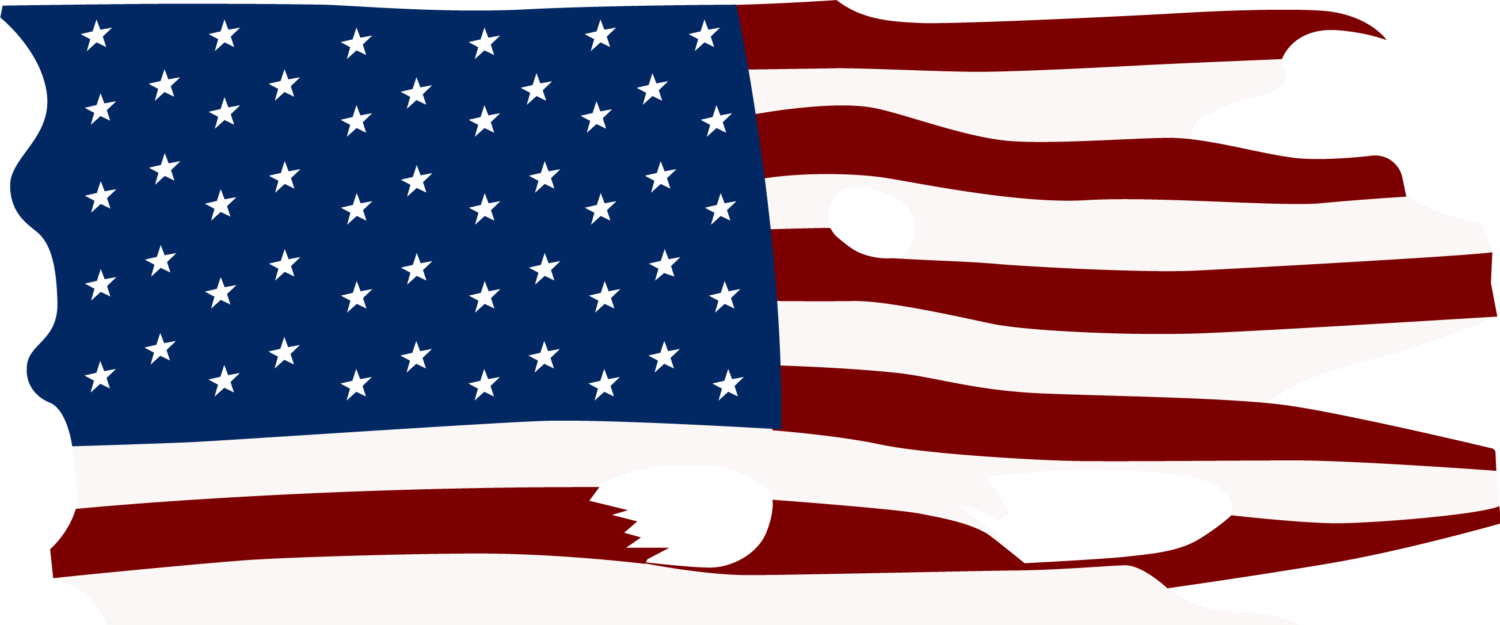
WASHINGTON – The largest environmental recovery by the federal government was announced today by the U.S. Justice Department, ending a lawsuit
The $5.5 billion settlement will be used to clean up decades of pollution that Anadarko Petroleum Corporation’s Kerr-McGee unit left behind throughout the country, including abandoned uranium mines, radioactive waste and the contamination of Lake Mead which feeds into the Colorado River, a major source of drinking water in the Southwest.
The settlement agreement, however, is billions of dollars short of what it will cost taxpayers to clean up the pollution, officials said.
That price tag is $25 billion, according to authorities.
“If you are responsible for 85 years of poisoning the earth, then you are responsible for cleaning it up,” said U.S. Attorney Preet Bharara. “That’s why this case was brought. And that’s why the defendants are paying a record $5.15 billion — to fund that colossal cleanup and to make things right. The company tried to keep its rewards and shed its responsibilities by playing a corporate shell game, putting its profitable oil-and-gas business in a new entity and leaving behind a bankrupt shell holding the environmental liabilities of the defunct, polluting lines of business. The company tried to cleanse its valuable business from its toxic legacy liabilities. Now the defendants will pay to cleanse the land and water.”
Deputy Attorney General James Cole said: “It tried to shed its responsibility for this environmental damage and stick the United States taxpayers with the huge cleanup bill.”
Old Kerr-McGee operated numerous businesses, which included uranium mining, the processing of radioactive thorium, creosote wood treating, and manufacture of perchlorate, a component of rocket fuel.
Officials said these operations left a trail of contamination across the nation, including radioactive uranium waste across the Navajo Nation; radioactive thorium in Chicago and West Chicago, Illinois; creosote waste in the Northeast, the Midwest, and the South; and perchlorate waste in Nevada, officials said.
The case stems from fraudulent conveyance or fraudulent transfer allegations against old Kerr-McGee Corporation to evade its debts, including its liability for environmental clean-up at contaminated sites around the country, according to federal officials.
Fraudulent conveyance is an attempt to avoid debt by transferring money to another company or person.
How Old Kerr-McGee Tried to Dodge Its Environmental Liabilities
In the years before 2005, Old Kerr-McGee concluded that the liabilities of its environmental contamination were a drag on its business, the exploration and production of oil and gas.
So to evade its liabilities, Old Kerr-McGee created a new corporate entity – defendant New Kerr-McGee – and, through a scheme executed in 2002 and 2005, it then transferred its valuable oil and gas exploration assets to the new company.
The legacy environmental liabilities were left behind in the old company, which was re-named Tronox, and spun off as a separate company in 2006. As a result of these transactions, Tronox was rendered insolvent and unable to pay its environmental and other liabilities.
It went into bankruptcy in 2009.
Old Kerr-McGee and New Kerr McGee are parent companies of the Anadarko Petroleum Corp, which settled the government’s lawsuit against Tronox, officials maintain.
The United States and the bankruptcy estate had filed the lawsuit against Tronox to hold the defendants accountable and require them to repay the value of the assets fraudulently conveyed from Old Kerr-McGee, officials said.
A bankruptcy court in December 2013 found that the historic Kerr-McGee Corporation fraudulently conveyed assets to New Kerr-McGee to evade its debts, including its liability for environmental clean-up at contaminated sites around the country.
How the Settlement Money Will Be Distributed
As a result of the settlement, this is how the billions of dollars recovered will be earmarked:
• $1.1 billion will be paid to clean up two dozen contaminated sites around the country, including the Kerr-McGee Superfund Site in Columbus, Miss.
• $1.1 billion will be paid to clean up a former chemical manufacturing site in Nevada that has led to contamination in Lake Mead. Lake Mead feeds into the Colorado River, a major source of drinking water in the Southwest.
• About $985 million will be paid to U.S. EPA to fund the clean-up of approximately 50 abandoned uranium mines in and around the Navajo Nation, where radioactive waste remains from Kerr-McGee mining operations. Additionally, the Navajo Nation will receive more than $43 million to address radioactive waste left at the former Kerr-McGee uranium mill in Shiprock, N.M.
• About $224 million be for clean-up of thorium contamination at the Welsbach Superfund Site in Gloucester, N.J.
• About $217 million will be paid to the federal Superfund in repayment of costs previously incurred by EPA’s clean-up of the Federal Creosote Superfund Site in Manville, N.J.
Additional amounts will be paid to the United States, states, Navajo Nation, and environmental trusts for other environmental claims and contaminated sites, according to the federal government.

